Overactive Bladder - Overview
This is a urological condition, a problem with bladder function that causes a sudden urge to urinate. Usually, the urge is extremely difficult to suppress, which means that it may lead to incontinence (the involuntary loss of urine.
The causes of overactive bladder are not yet known, but experts think that there may be some contributing factors that can, eventually, cause this condition. Neurological disorders, such as Parkinson's disease, strokes, and multiple sclerosis, are often linked to an overactive bladder.
The only known risk factor for this condition is aging. It is widely known that, as people get older, they have a great risk of getting this condition.
However, it may be because they more often develop problems that affect bladder function, such as diabetes or enlarged prostate, which, in turn, lead to overactive bladder symptoms.
The symptoms occur in most cases because the muscles of the bladder involuntarily contract. This contraction creates the urgent need to urinate, therefore making the person urinate repeatedly during the day (usually eight or more times), and sometimes, making him wake at night to go to the bathroom. Some people experience urge incontinence, which may be very frustrating for them.
The only thing people may do to avoid this condition is to have healthy lifestyle choices, i.e. to avoid caffeine, and alcohol, exercise regularly and eat foods that are high in fiber.
Homeopathic Remedy
Homeopathy has proven to be very effective when it comes to some conditions. The most important quality of this type of treatment is that it has no side effects. That is why more and more people are turning to homeopathy as a way out. However, if a person is suspecting of overactive bladder, he needs to consult a doctor first, so that he can rule out other conditions that may have caused it.
These are some of the best homeopathic remedies for relieving the symptoms of overactive bladder:
Pareira is used when the person has great difficulty urinating due to prostate enlargement. Natrum muriaticum is especially helpful for women in menopause that have this problem. Zincum is used for prostate problems, particularly when a person has trouble urinating while standing. Causticum, helps with the problems of stress incontinence that a person might have due to this condition.There are also herbs that may be used as a tea, that help greatly with the symptoms that a person is experiencing: horsetail (helps tissue heal), cleavers (this is, actually, a traditional tonic used for problems with urinating), buchu (has antiseptic properties), Marshmallow root (mainly used for its soothing properties), corn silk (as a diuretic), etc.
- Herbal treatments are an increasingly popular alternative for treating OAB. A 2002 survey of US adults aged ? 18 years conducted by the Centers for Disease Control and Prevention indicated that 74.6% of those with OAB had used some form of complementary and alternative medicine.
- The World Health Organization estimates that 80% of the world’s population presently uses herbal medicine for some aspect of primary health care. Women were more likely than men to use complementary and alternative medicine.
- Gosha-jinki-gan (GJG) is a traditional Chinese blended herbal medicine composed of 10 different herbs. It is composed of Rehmanniae radix (5.0 g), Achyranthis radix (3.0 g), Corni fructus (3.0 g), Moutan cortex (3.0 g), Alismatis rhizome (3.0 g), Dioscorea rhizoma (3.0 g), Plantaginis semen (3.0 g), Hoelen (3.0 g), processed Aconiti tuber (1.0 g), and Cinnamomi cortex (1.0 g).12 GJG has been studied in both preclinical as well as clinical models.
- Hachi-mi-jio-gan (HE) represents a Chinese herbal medicine composed of eight natural ingredients. Several of the main ingredients overlap with those of GJG. HE is composed of Rehamanniae radix, Cori frunctus, Dioscorea rhizome, Alismalis rhizome, Hoelen, Moutan cortex, Aconitii tuber, and Cinnamomi corte. It is believed to have a relaxant effect on the acetylcholine-induced contraction of smooth muscle.
- Buchu is an herbal remedy used throughout South Africa. It was first introduced in the 1650s as a medicinal plant.
- Cleavers commonly grow in North America and have small hooks that make them sticky. Due to their hooks, they cannot be consumed raw and are typically consumed in teas.
- Cornsilk is derived from the female flower of corn. It has been used for indications from jaundice to cystitis. There are no clinical studies that have been done using cornsilk for OAB.
- Horsetail is named for its appearance, which resembles a horsetail. This plant looks like a fern and reproduces with spores. In an ex vivo study by Stajner and associates, horsetail demonstrated antioxidant properties. There are, however, no clinical data demonstrating efficacy of horsetail in OAB.
- Ganoderma lucidum (GL) extract has been used in East Asia to cure various ailments including hepatitis, hypertension, hypercholesterolemia, and various cancers. GL has a strong 5 ?-reductase inhibitory activity.
- Resiniferatoxin (RTX) is derived from the resin of a cactus-like plant called Euphorbia resinifera, which is native to Morocco. Because of its application in pain control, efforts at producing a synthetic form resulted in a compound that allowed it to be mass produced.
- Capsaicin is derived from chile peppers. It is found in the fleshy part of the pepper, not in the seeds.
To avoid inflammation of the bladder, the next substances may be used: vitamin C (500 mg, two or three times a day, taken with meals), flax oil (1 tablespoon per day), and vitamin E (400 IU per day).



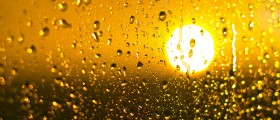
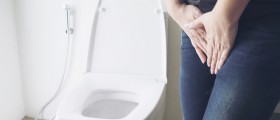
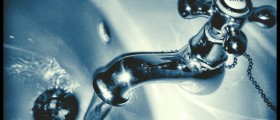
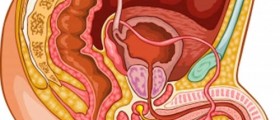
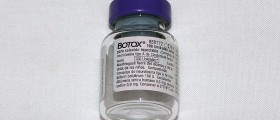
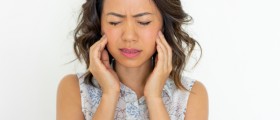
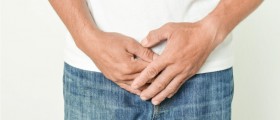
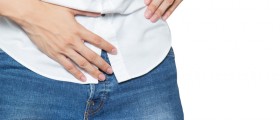
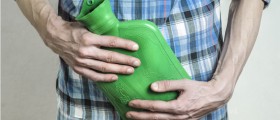
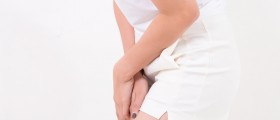
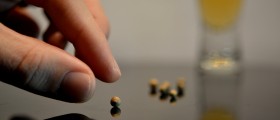
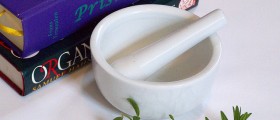
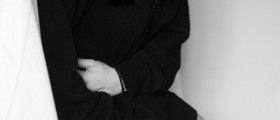
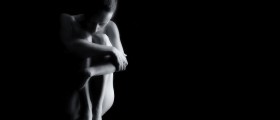
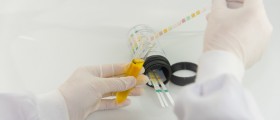
Your thoughts on this
Loading...